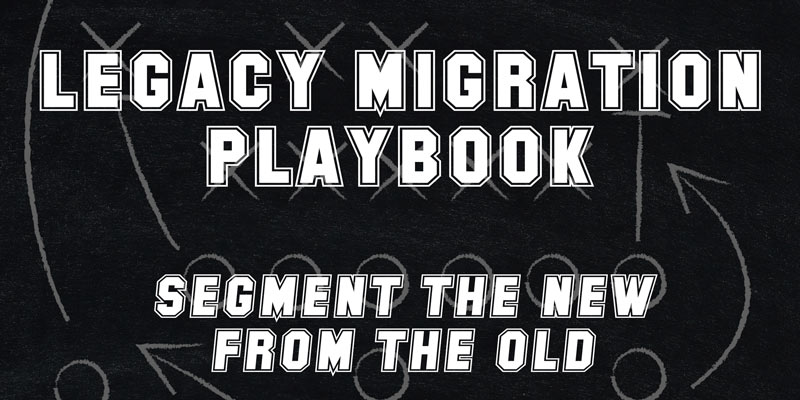Author: Chad Michel

Searching Word and PDF Documents with Elasticsearch and Apache Tika
Having the ability to search through a folder of documents, particularly Microsoft Word and PDF files, can be an excellent feature to build into systems. But how do you go about this? Which technologies can one use to bring this to life without a ton of effort? Based on my experience, leveraging a combination of…
Read more…

How to Set Up a Ruby On Rails Project in Visual Studio Online
Visual Studio Online isn’t just VS in the cloud, it gives you a quick sharable Linux development environment in the cloud. This makes setting up something like a Ruby On Rails development environment in the cloud a pretty easy task. Here’s how to get a Rails environment set up using VS Online. Begin by opening…
Read more…

Back to School: My Semester Lecturing at UNL
I have always enjoyed teaching people how to write software. And teaching people how to write software that runs in the cloud hits two passions of mine. This semester I am a guest lecturer at the University of Nebraska – Lincoln, teaching a 400-level course on distributed cloud systems. I have taught courses at UNL…
Read more…

Wither .NET Core 3.0: A Rant
Begin mini-rant… I am a huge fan of .NET. I have worked in .NET all the back in the v1.1 days. I enjoyed it then, and I enjoy it now. But I have a bone to pick with the .NET Core team. .NET Core is evolving faster than .NET Framework ever did. This fast-paced evolution…
Read more…

Visual Studio Online: A Preview
I have often said that Visual Studio is Microsoft’s best product. But recently, they created Visual Studio Code, which ironically is giving “regular” Visual Studio a run for its money. While I still think VS is better in most ways, VS Code does have some advantages, particularly when it comes to JavaScript development. But now…
Read more…

How to Configure TeamCity for .NET Framework Builds
Setting up builds is not my favorite part of the day. It always feels like a lot of time invested in something that only takes a few minutes to run, and that few minutes of work results in waiting several more minutes to get an answer. Try something, wait five minutes, get an answer. This…
Read more…

Legacy Migration Playbook – Start Over
“Never give up, never surrender!” – Galaxy Quest Ironically, I think developers are quick to move to a “start over” mindset, especially when they’re working on legacy migrations. When it becomes difficult to arrive at a working solution, it is easy to assume that the whole endeavor is too difficult and that the team should…
Read more…

Legacy Migration Playbook – Segment the New from the Old
So far, we have covered five “plays” we can run during a legacy migration. These plays can be used independently, or they can be used together; it all depends upon the situation. Each solution/situation is somewhat unique. Each legacy project requires a different approach. Sometimes the right answer is to leave the existing solution in…
Read more…

Legacy Migration Playbook – Determine a Migration Strategy / Strangle
Martin Fowler is held in high regard around our office. Two of his creations are referenced a lot: the idea of design stamina hypothesis and his strangler pattern for legacy migration. When we engage in work on a legacy application, the strangler pattern often comes up. Ironically, we will refer to it as the strangler…
Read more…

Legacy Migration Playbook – Add Some Unit Tests
Rarely do legacy systems have any sort of automated testing in place. Usually, all testing has been completed manually on the project. And when this is the case there often isn’t an obvious spot in the solution to add a unit test. Adding tests to an existing project can be extremely painful. There is a…
Read more…